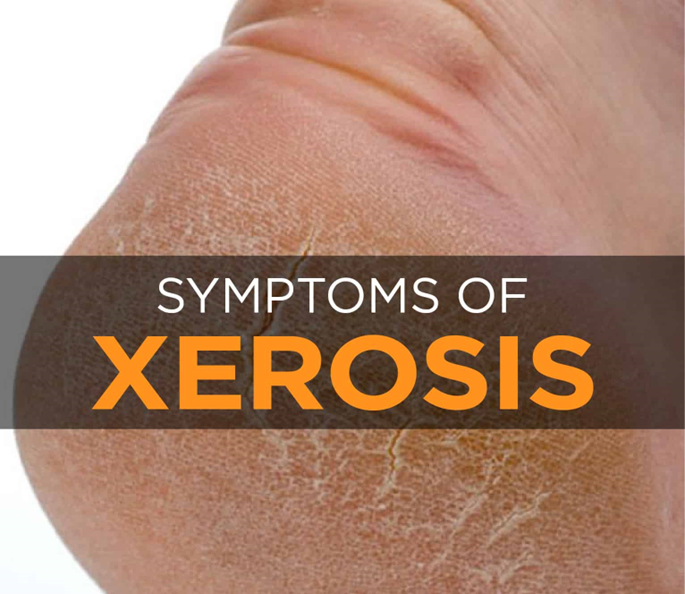What is the most common gastrointestinal complaint made to a health care provider?
Fecal impaction
Diarrhea
Constipation
Hemorrhoids
None of the above
The Correct Answer is B
Choice A reason: Fecal impaction is not the most common gastrointestinal complaint, as it is a condition that occurs when hardened stool accumulates in the rectum and cannot be expelled. Fecal impaction may cause abdominal pain, bloating, nausea, and loss of appetite. Fecal impaction is more common in older adults, people with low-fiber diets, or people who take certain medications, such as opioids or anticholinergics.
Choice B reason: Diarrhea is the most common gastrointestinal complaint, as it is a condition that occurs when the stool is loose, watery, and frequent. Diarrhea may cause dehydration, electrolyte imbalance, and malabsorption. Diarrhea can be caused by various factors, such as infections, food intolerance, medications, or irritable bowel syndrome.
Choice C reason: Constipation is not the most common gastrointestinal complaint, as it is a condition that occurs when the stool is hard, dry, and infrequent. Constipation may cause straining, pain, bleeding, and hemorrhoids. Constipation can be caused by various factors, such as lack of fluids, fiber, or exercise, or certain medications, such as antacids or iron supplements.
Choice D reason: Hemorrhoids are not the most common gastrointestinal complaint, as they are swollen veins in the lower rectum or anus that may cause itching, pain, or bleeding. Hemorrhoids can be caused by various factors, such as constipation, straining, pregnancy, or aging.
Choice E reason: None of the above is not the correct answer, as there is one choice that is the most common gastrointestinal complaint.
Nursing Test Bank
Naxlex Comprehensive Predictor Exams
Related Questions
Correct Answer is ["A","B","D","E"]
Explanation
Choice A reason: Turning immobile clients every 2 hours off bony prominences can reduce the pressure and friction that can cause skin breakdown and ulcer formation.
Choice B reason: Using lift or draw sheets to move clients in bed can prevent dragging or pulling the skin, which can cause shear and damage the underlying tissue.
Choice C reason: Keeping the skin moist is not a correct way to prevent pressure ulcers. Moisture can weaken the skin and make it more prone to injury. The skin should be kept dry and clean, and moisturized if needed.
Choice D reason: Ensuring that your client maintains a healthy nutritional status can promote wound healing and prevent infection. Adequate protein, calories, vitamins, and minerals are essential for skin integrity and tissue repair.
Choice E reason: Applying pressure-relieving devices to vulnerable areas can distribute the pressure and protect the skin from damage. Examples of pressure-relieving devices are foam pads, air mattresses, or cushions.
Correct Answer is C
Explanation
Choice A reason: A licensed practical nurse is qualified to care for the feet of a client with diabetes is false because foot care for people with diabetes requires specialized training and skills that are beyond the scope of practice of a licensed practical nurse. A registered nurse or a podiatrist should provide foot care for people with diabetes, as they can assess, treat, and prevent foot problems such as ulcers, infections, or nerve damage.
Choice B reason: Onychomycosis is quickly eradicated with antifungal creams or powders is false because onychomycosis, or fungal nail infection, is a stubborn and persistent condition that can take months or years to clear. Antifungal creams or powders are usually not effective for onychomycosis, as they cannot penetrate the nail plate. Oral antifungal medication or laser therapy may be needed to treat onychomycosis.
Choice C reason: Maintaining oral hydration may reduce the incidence of xerosis is true because xerosis, or dry skin, is a common problem for older adults, as their skin produces less oil and moisture. Drinking enough fluids can help hydrate the skin and prevent dryness, itching, cracking, or infection. The recommended fluid intake for older adults is 2400 mL/day, according to the National Council on Aging.
Choice D reason: Ram’s-horn nail should be cut to give a smooth, rounded edge is false because ram’s-horn nail, or onychogryphosis, is a condition where the nail becomes thickened, curved, and distorted. Cutting the nail can be difficult and painful, and may cause bleeding or infection. A podiatrist should trim and file the nail, and treat any underlying causes of the condition.

Whether you are a student looking to ace your exams or a practicing nurse seeking to enhance your expertise , our nursing education contents will empower you with the confidence and competence to make a difference in the lives of patients and become a respected leader in the healthcare field.
Visit Naxlex, invest in your future and unlock endless possibilities with our unparalleled nursing education contents today
Report Wrong Answer on the Current Question
Do you disagree with the answer? If yes, what is your expected answer? Explain.
Kindly be descriptive with the issue you are facing.
